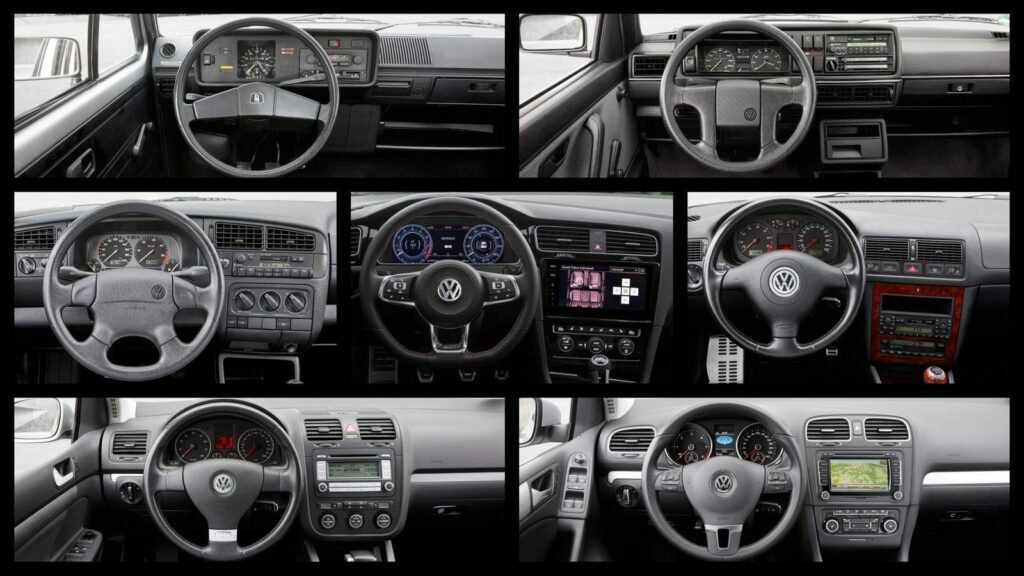The Evolution of Car Infotainment Systems: From Radios to Multimedia Centers – Over the years, the automobile industry has experienced many changes and developments. This article will consider a part of such changes that is peculiar to infotainment.
The car industry has experienced changes concerning its products. These changes and developments are not exclusive to bodily designs; they also relate to other parts of the car like the engine and so on. While so much may be known of the evolution that has occurred on other parts or sections of a car, the infotainment systems have not been ‘represented’.
This is why this article is essential. It would unveil the evolution of car infotainment systems from the first days to the present-day society.
The Evolution of Car Infotainment Systems
As earlier stated, the evolution of car infotainment systems may not have been much publicized like other evolution that occurs in other parts of a car, but it is worthy to note that its development over the years should be noted. Over the years, its development has been marked by specific technological changes. This shall be enumerated below:

- ‘The age of Radio’. The evolution of car infotainment systems can be traced to the Radio era which began in the 1930s and gained much popularity in the 1950s. The radio era was centred around the radio which was a source of music and news broadcast. Car users could listen to songs and such broadcasts as they drove their cars.
- The Cassette Decks Era. This era created a more personalized approach to entertainment, as car users had to use cassette decks, relying on mixtapes from them or curating their mixtapes to have some entertainment as they drove. This was popular during the 1970s and 80s.
- The Era of Compact Discs (CDs). The CD era involved injecting compact discs into car stereos for entertainment. These CD stereos had better sound quality than the previous infotainment systems, and as the years went by, an in-built system in cars was developed to enable drives to load multiple discs.
- Touchscreen Era. The next era in the evolution of car infotainment systems was the touchscreen era that came in during the 2000s. This marked the end of buttons and knobs and made way for larger screens where the options and media were selected by simply tapping on them on the screen.
- GPS Navigation Inclusion. The integration of GPS navigation also marked a new era in the infotainment system of the automobile industry. The synergy of multimedia, communication, and information made the driving experience for drivers easier and laid the foundation for the further development of other innovations that came after it.
- Smart Connectivity. With the advent and development of smartphones, there was a need to create an integrating system that ensured easy connection between smartphones and the infotainment systems of cars in the period between the 2000s and 2010s. This is evidenced by the use of special cords, wires and even wireless connections, courtesy of Bluetooth; these made it easy to enhance the satisfaction derived from the entertainment packages available on the mobile devices now accessible in the car infotainment system.
- Advent of Multimedia services. The next level in the evolution of car infotainment systems was evidenced by the growth of multimedia services which transcends just music and navigation, with development in the area of smart connectivity. Systems in this era had a whole array of smart options from WiFi and streaming services, to voice recognition options, in-apps, and so on.
- Smart assistance and A.I. The latest level of development is the infusion of artificial intelligence and smart assistance to increase the driving experience for both drivers and passengers. This smart assistance and artificial intelligence service goes beyond entertainment and information, to services that include self-driving options, car and engine analytics, and so on.
Read Also – Step-by-Step Guide on How to Jumpstart Your Car
Thank you for going through this article on The Evolution of Car Infotainment systems, we hope you found it interesting and educational. For more information, kindly leave a comment in the Reply section and we will get back to you as fast as practicable.
